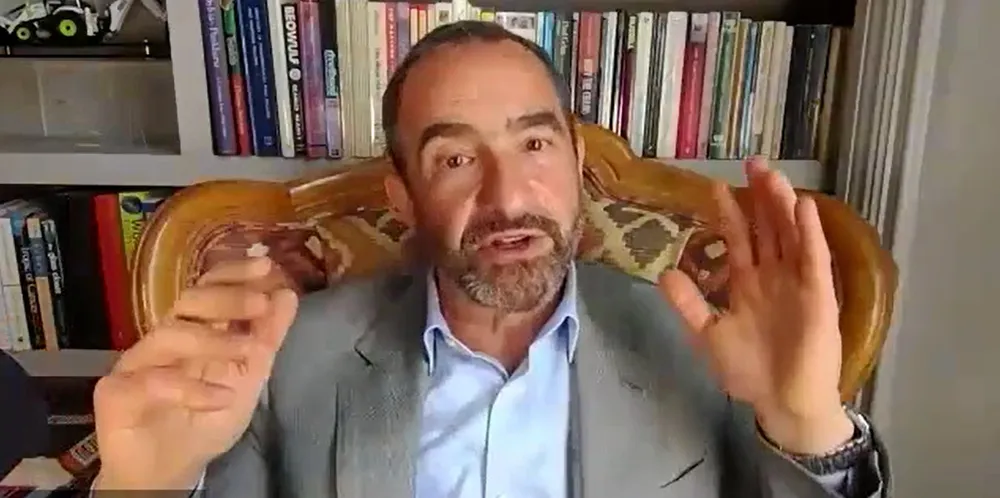Liebreich: 'We have to learn to love blue hydrogen — and make sure it's as clean as possible'
Influential analyst says the world will not be able to produce renewable energy fast enough to decarbonise hydrogen, power, steel, transport and heating at the same time
